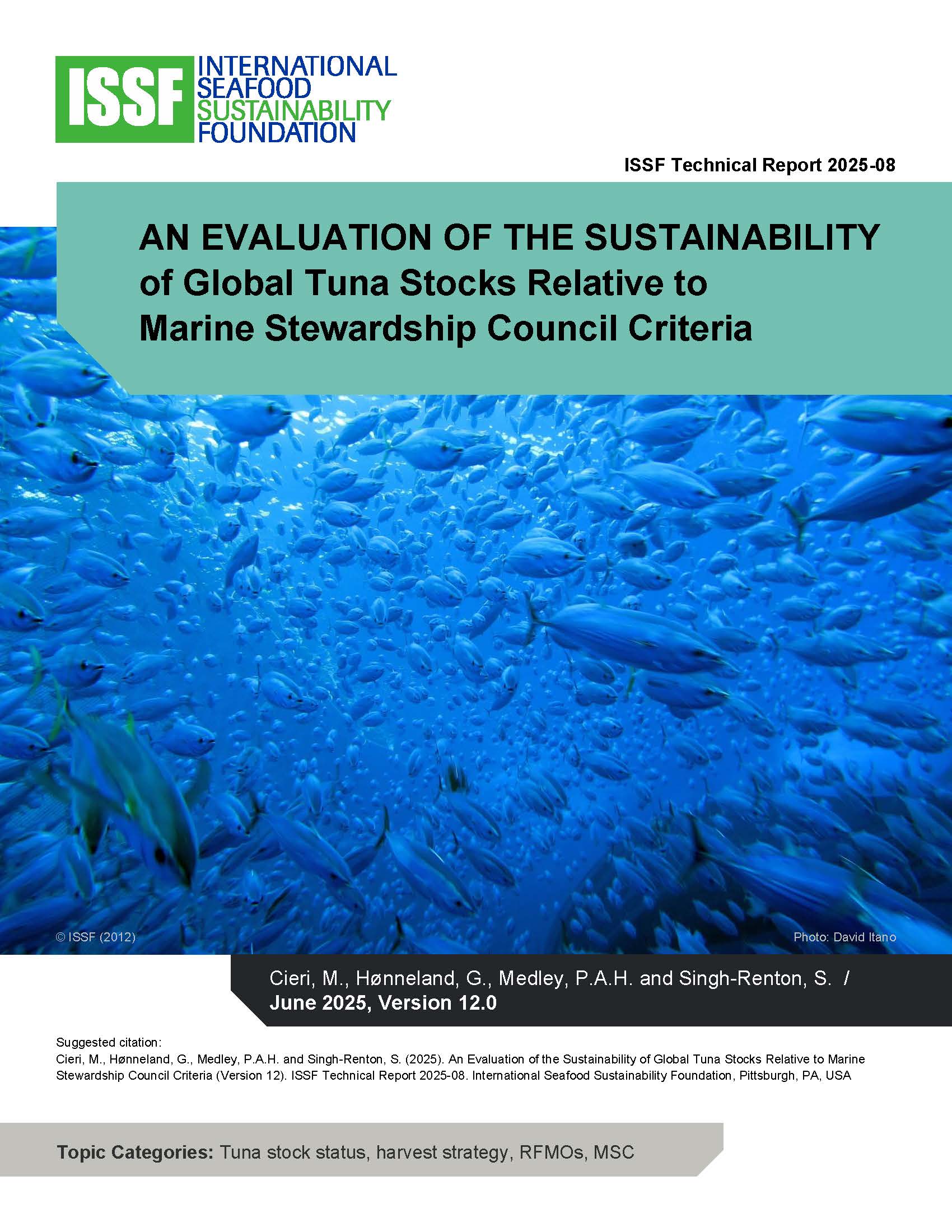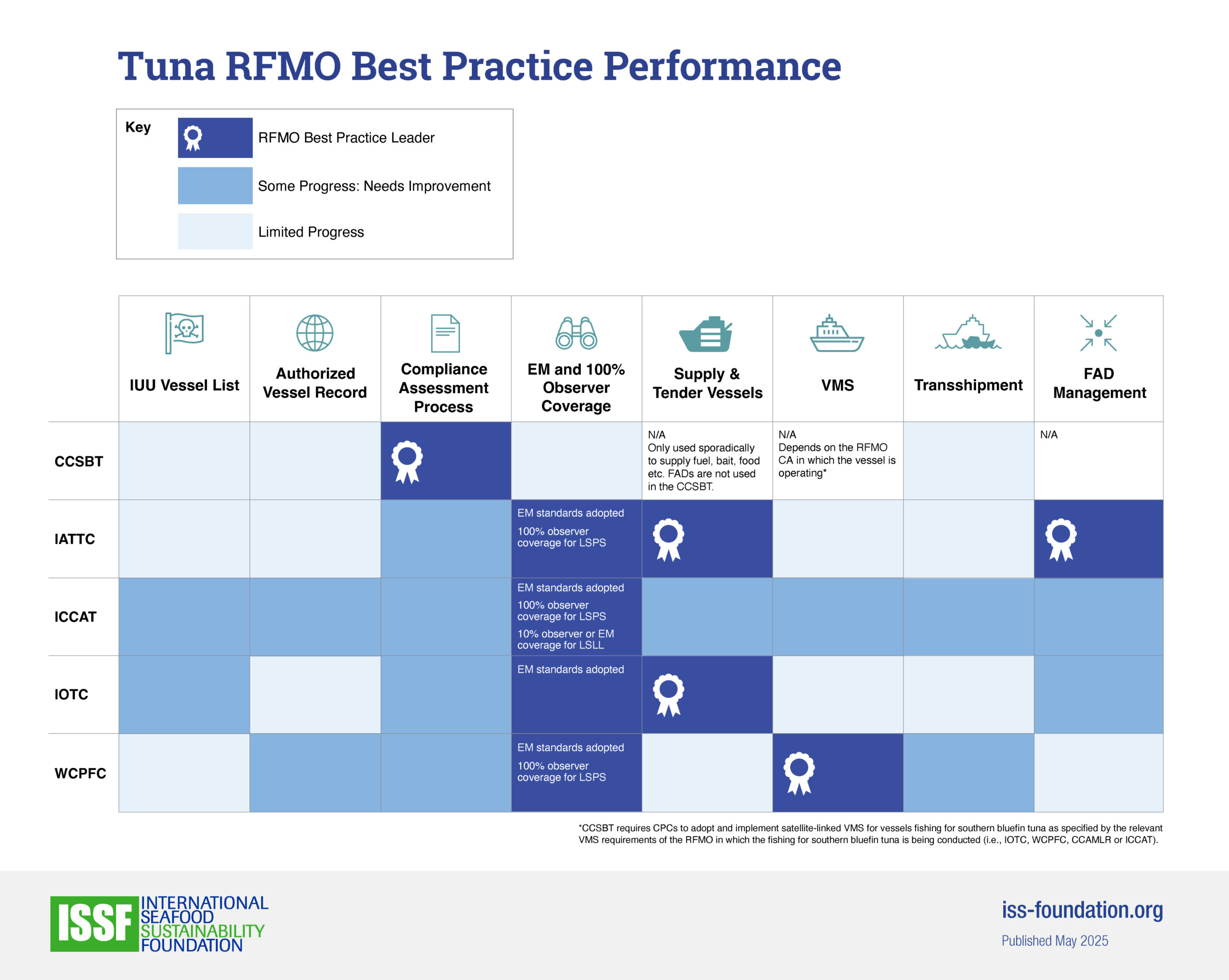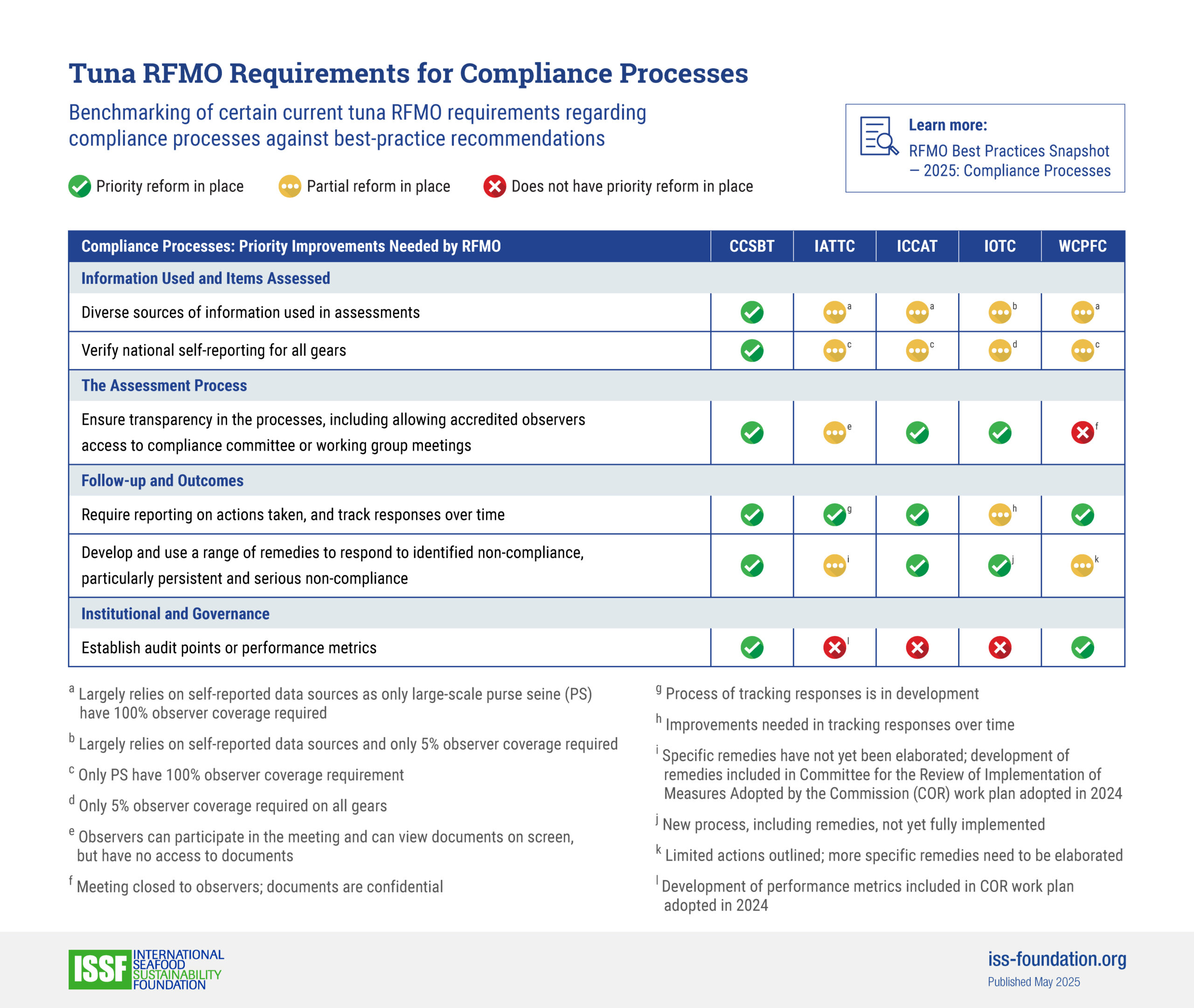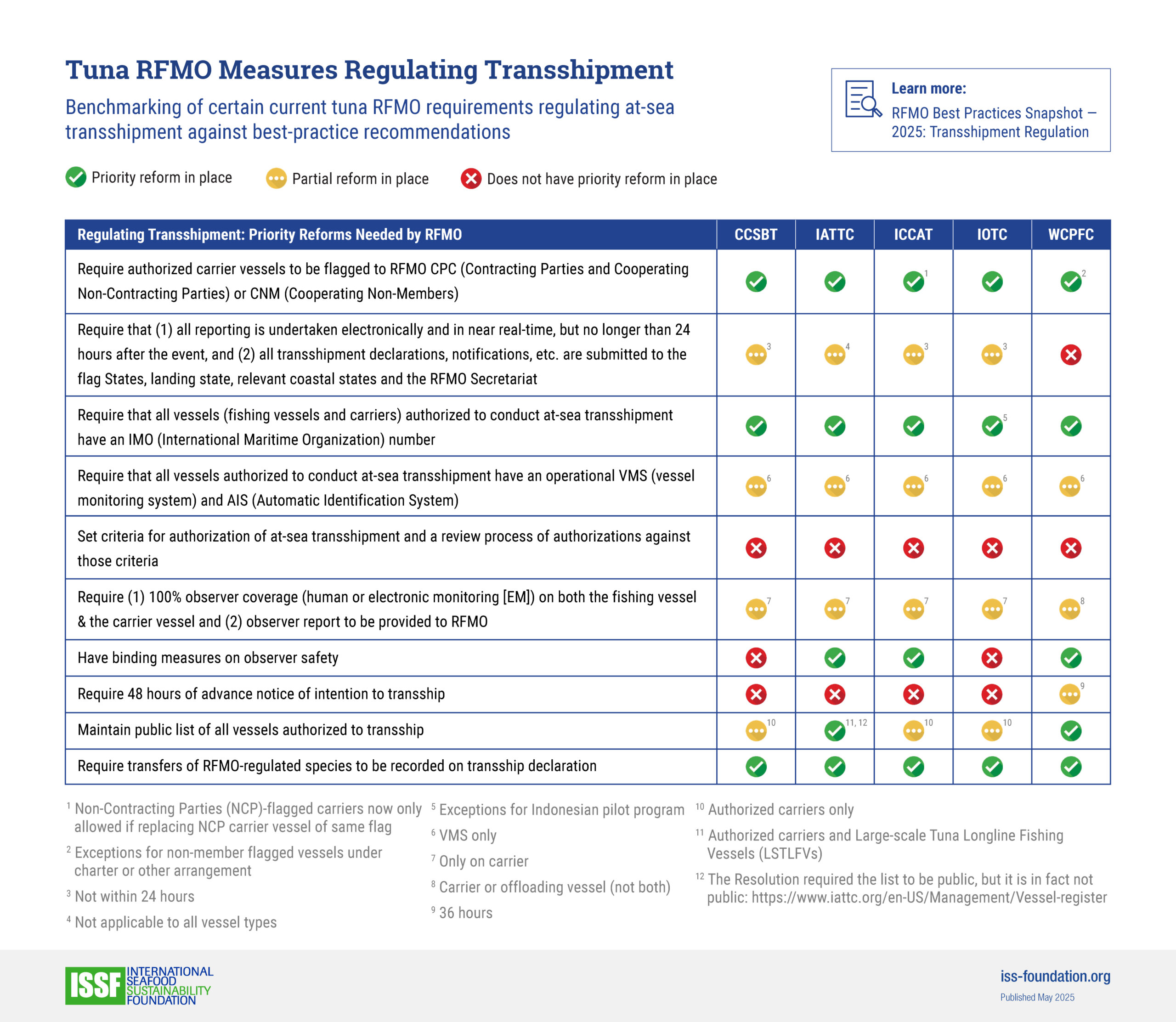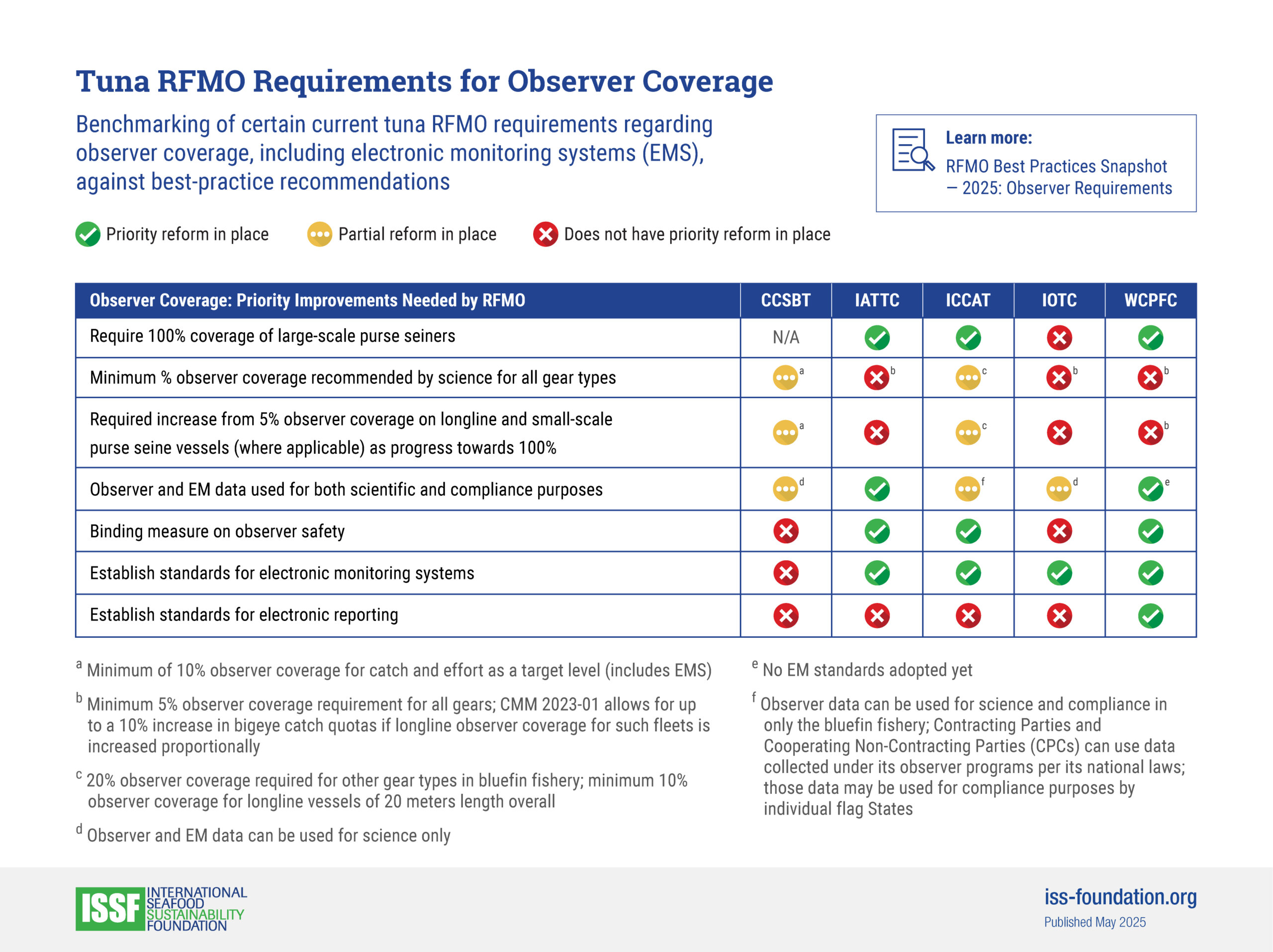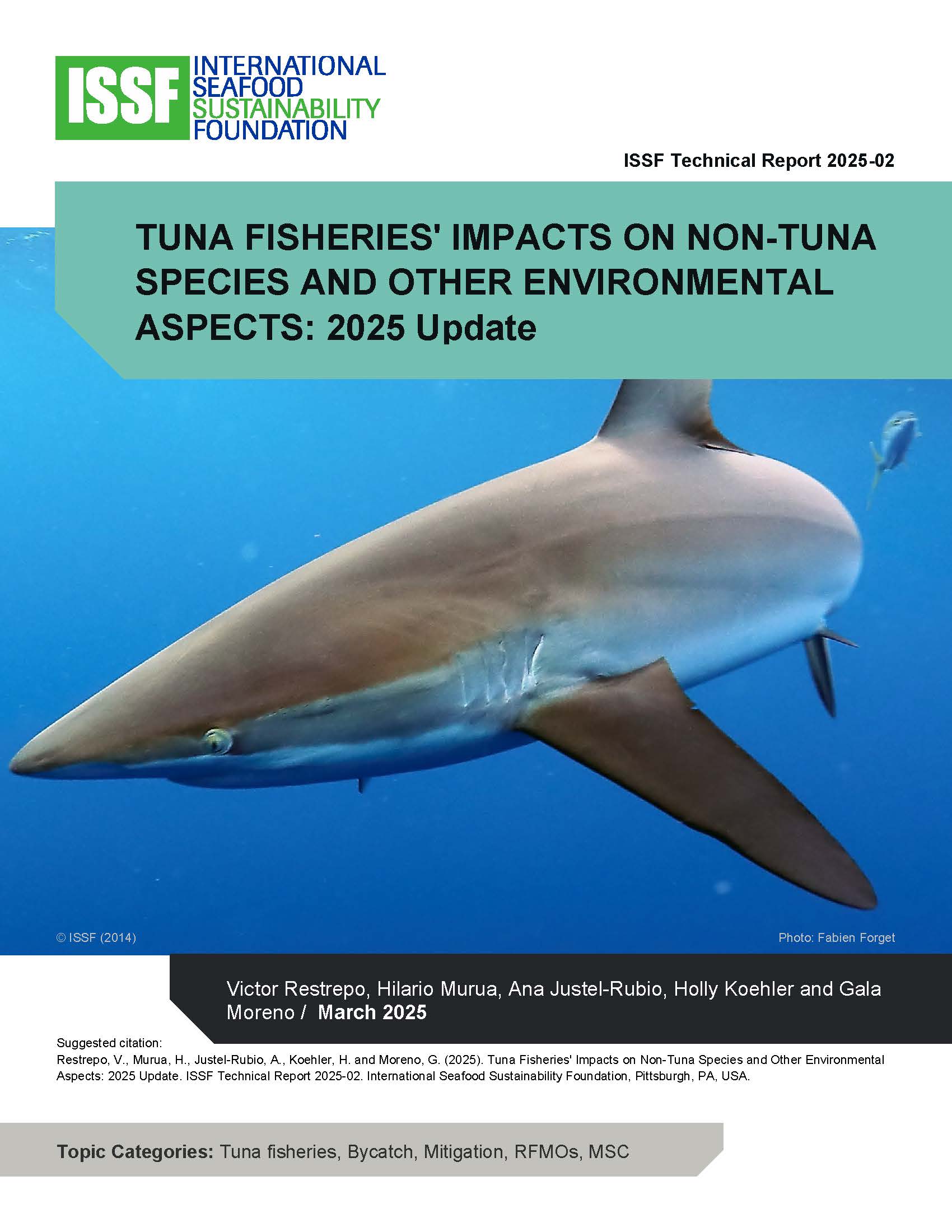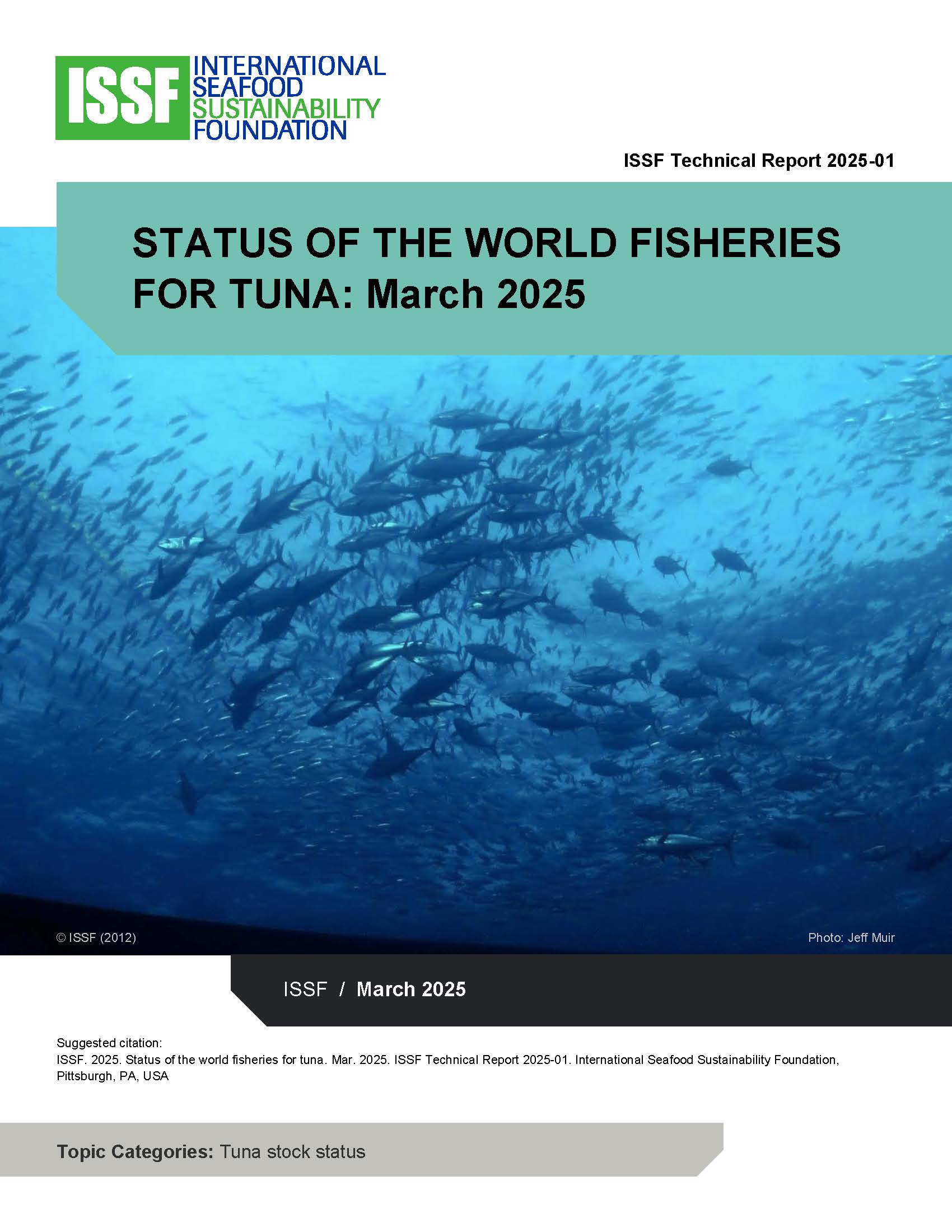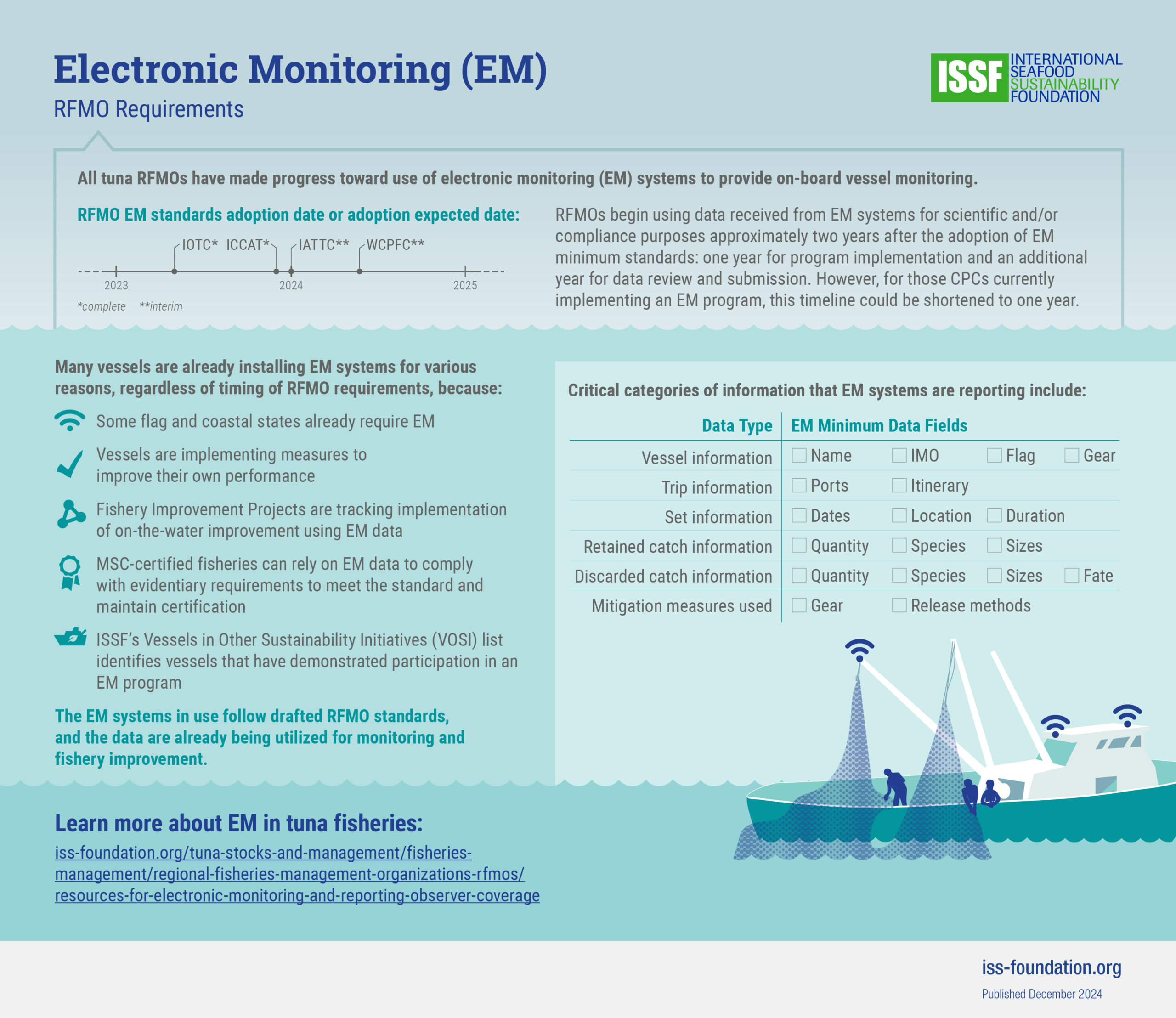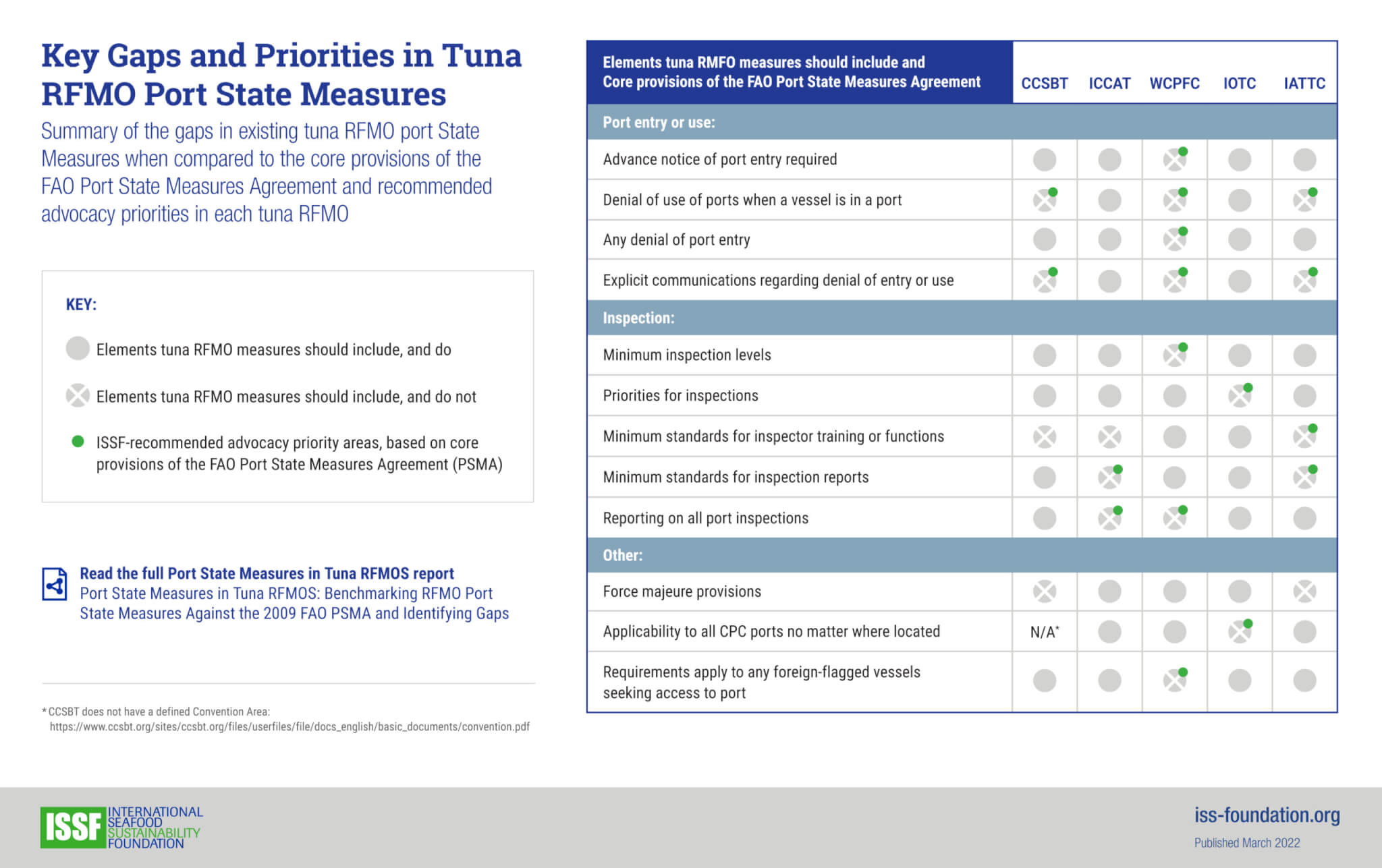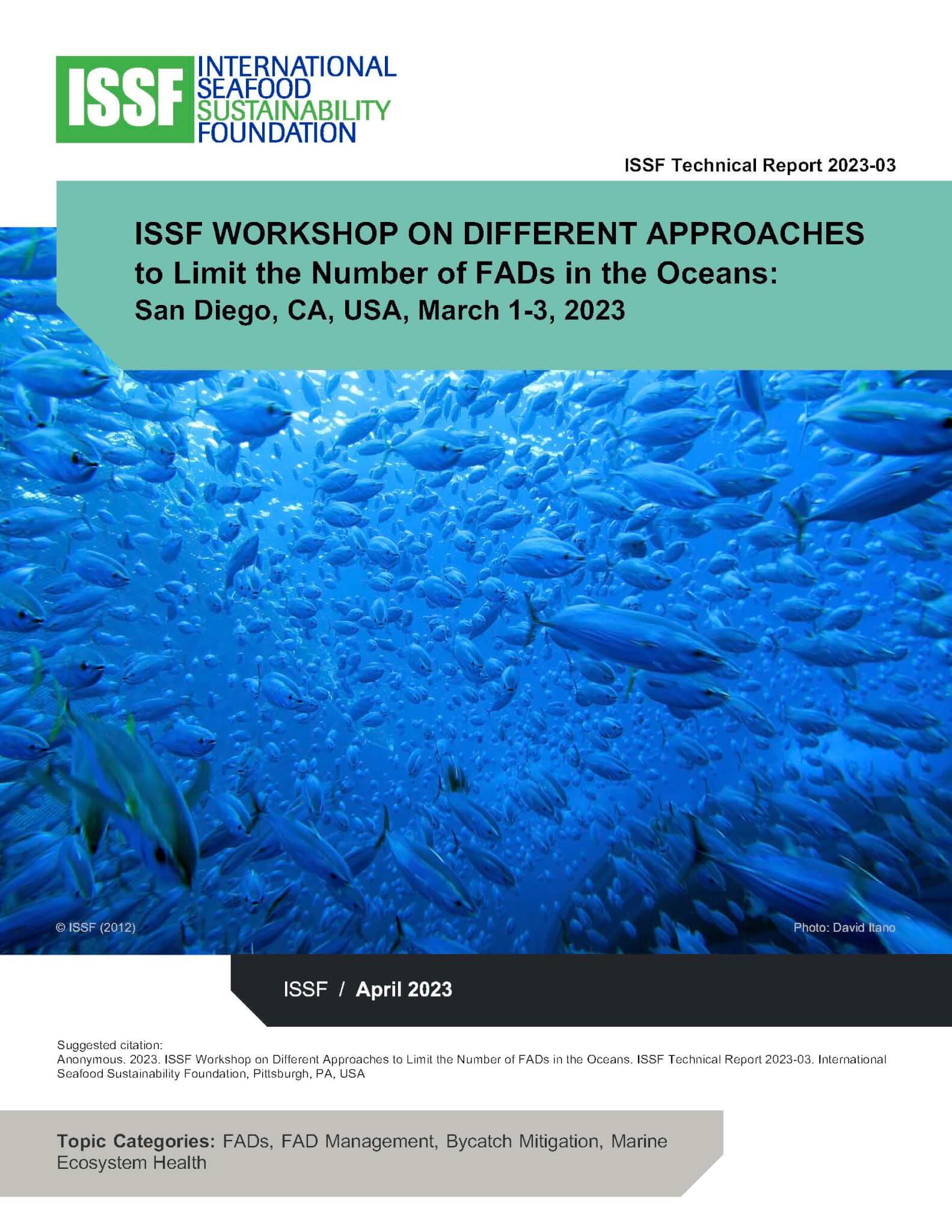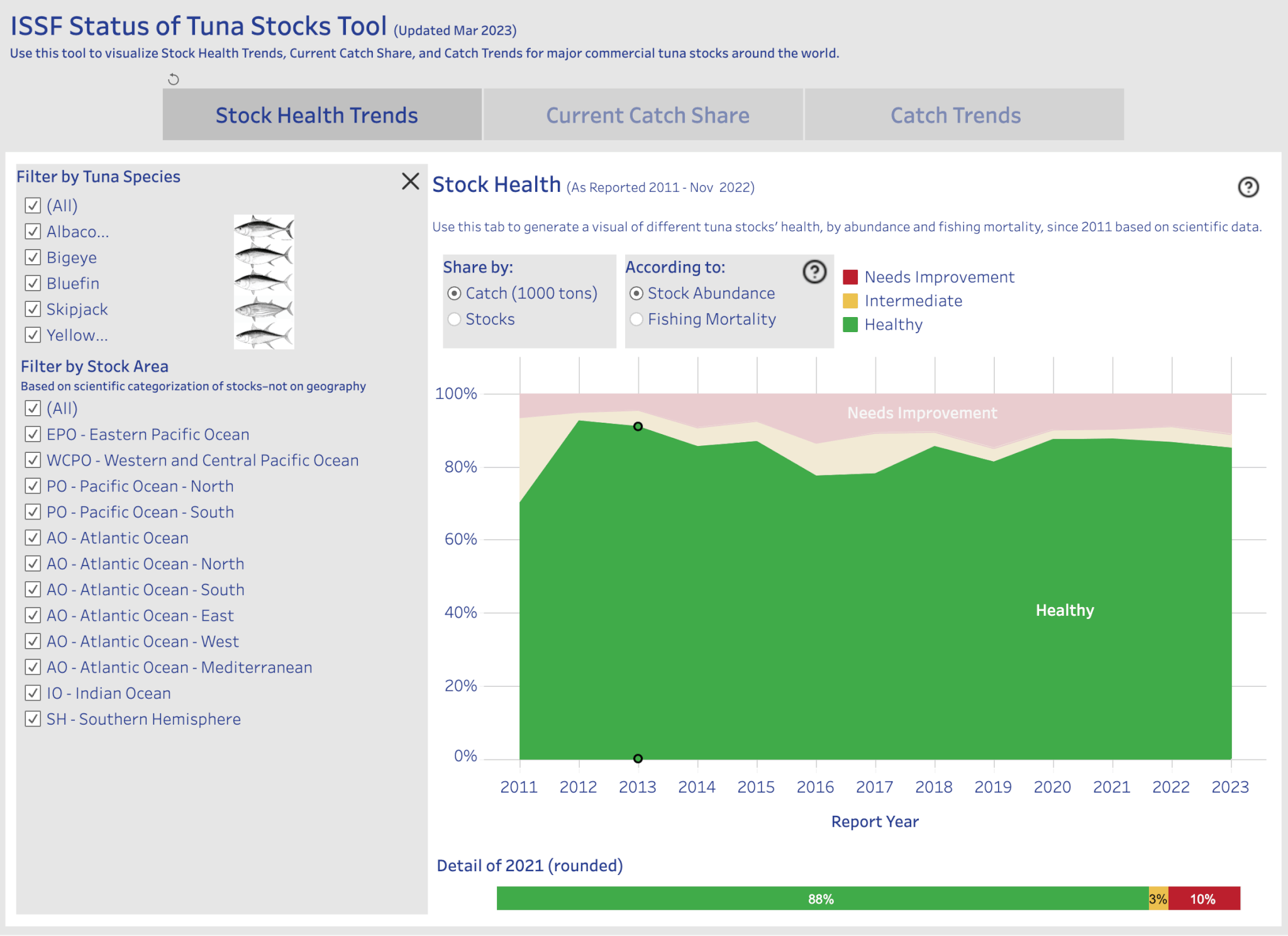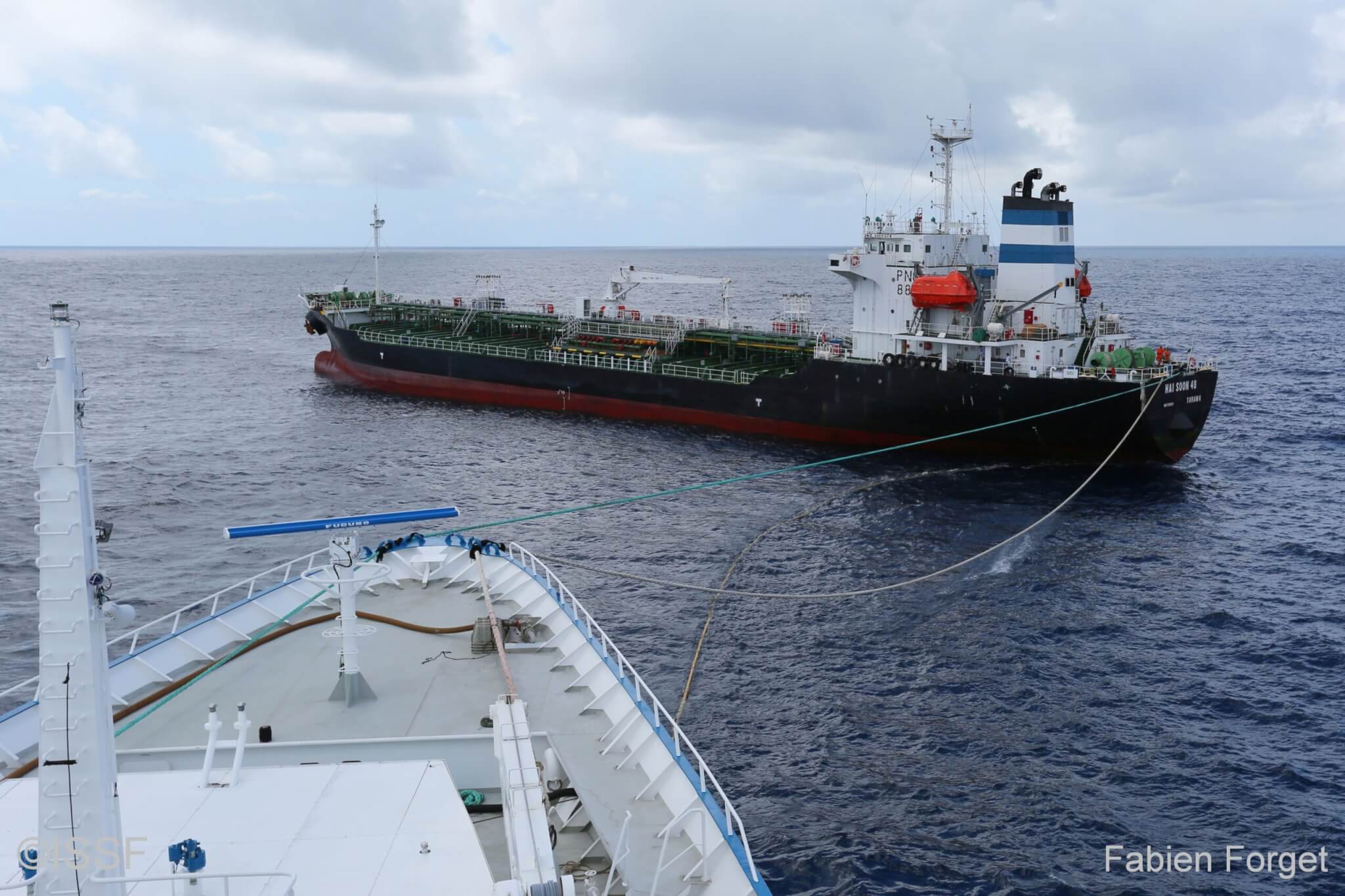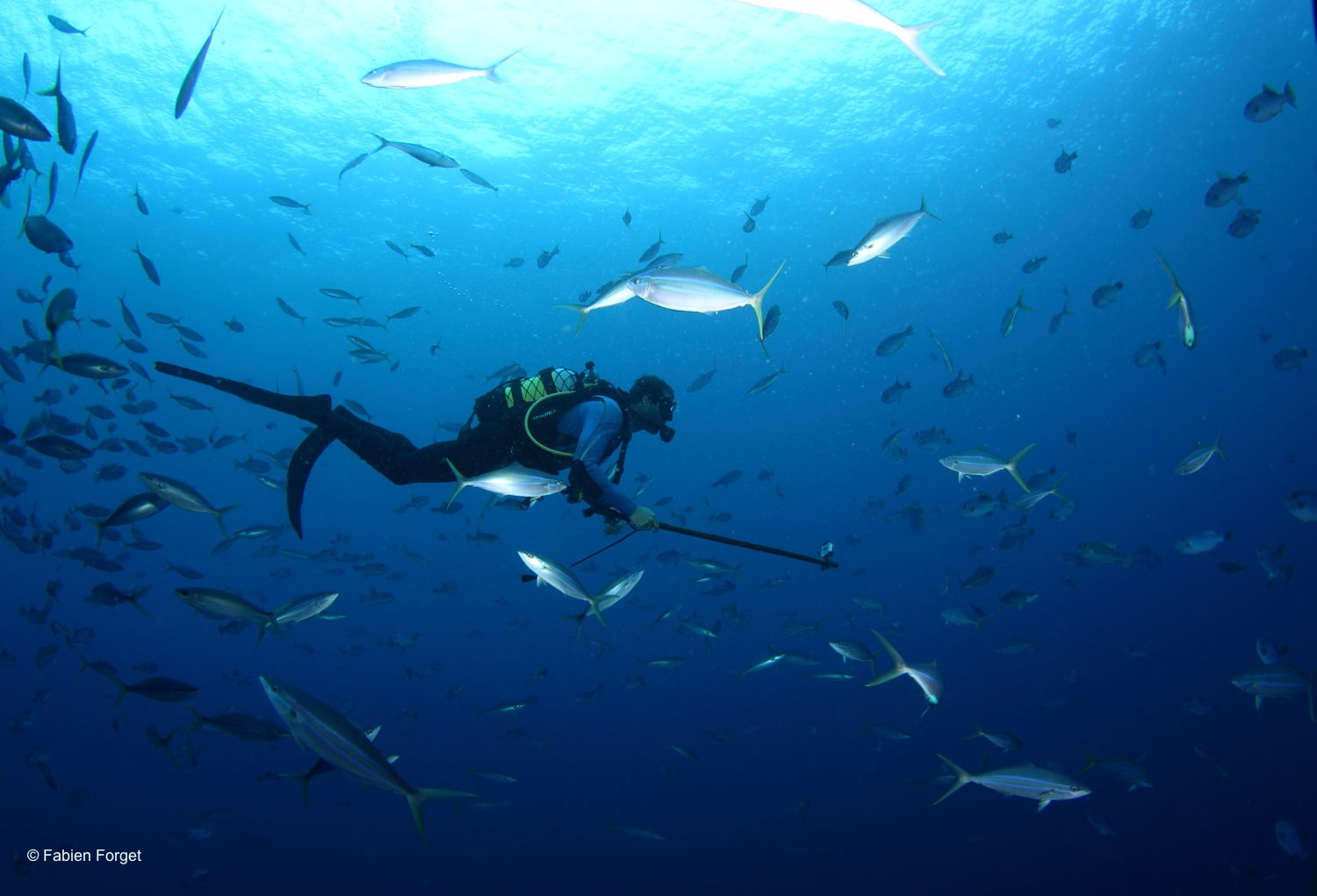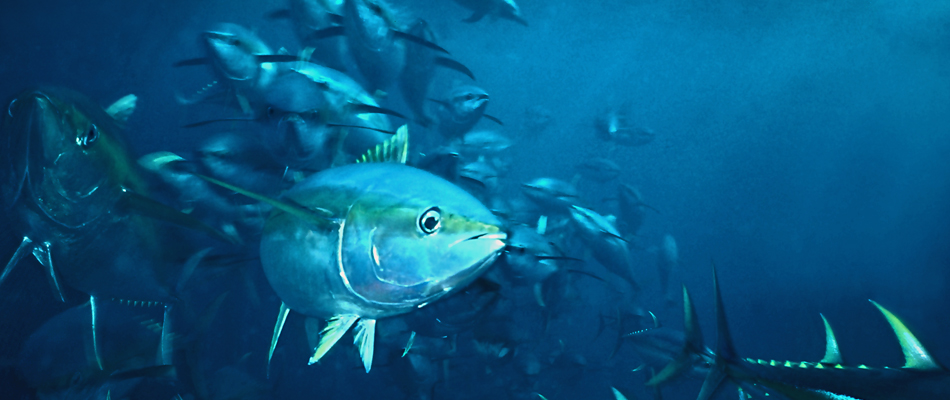
Inter-American Tropical Tuna Commission (IATTC)
The Inter-American Tropical Tuna Commission (IATTC) is governed by the Antigua Convention and is responsible for the management of tuna and tuna-like species in Pacific Ocean waters east of 150°.
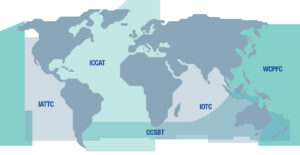
IATTC is the oldest of the five tuna Regional Fisheries Management Organizations (RFMOs). It was created in 1950 by a convention between the United States and Costa Rica. In 1966, the Commission initiated the world’s first tuna fishery management program, which limited the annual catch of yellowfin tuna.
RFMO Progress
In our annual report, Science Leads the Way, we summarize tuna RFMO sustainability successes in 2024.
Stock Status & Management Measures
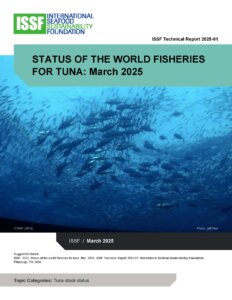
- ISSF benchmarks the tuna-fishery policies of IATTC and other tuna RFMOs to a series of best practices we document in reports and “snapshots.”
- We also issue detailed position statements for each RFMO to help guide decision-making at their annual meetings, which ISSF scientists and policy experts often attend.
- In addition, we produce a “Status of the Stocks” report, which summarizes and rates the status and management of 23 major commercial tuna stocks, and an “Interactive Stock Status and Catch” tool.
- Our report ISSF 2025-02: Tuna Fisheries’ Impacts on Non-Tuna Species and Other Environmental Aspects: 2025 Update* examines the effects of different tuna-fishing methods, summarizing each RFMO’s related management measures for protecting both non-tuna and Endangered, Threatened, and Protected (ETP) species.
IATTC OVERVIEW
See a list of nations that are members of IATTC.
Art. II: “… ensure the long-term conservation and sustainable use of the fish stocks covered by this Convention, in accordance with the relevant rules of international law.”
Article VII: “… adopt measures … to maintain or restore the populations of harvested species at levels of abundance which can produce the maximum sustainable yield.”
NOTE: IATTC also provides the Secretariat for the International Dolphin Conservation Program (AIDCP), which aims to reduce dolphin mortality in fisheries that target tuna schools associated with dolphins (primarily yellowfin); to seek ecologically sound means of capturing large yellowfin tunas not in association with dolphins; and to ensure the long-term sustainability of the tuna stocks in the Agreement Area, as well as that of the marine resources related to this fishery.
- Dolphins
- Sharks
- Rays
- Sea turtles
- Seabirds
IATTC collects catch data on fish sizes, quantities and location of catch, as well as biological information on age, growth and reproduction. IATTC’s staff uses this data to formulate models that estimate the impacts of fishing on the stock.
As needed, the IATTC director formulates conservation recommendations to present to members for consideration. Members can accept the recommendations in full or with modifications, or reject them. Unanimous consent is required for approval.
Implementation is the responsibility of each member government; the IATTC is responsible for monitoring compliance.
The Commission may adopt conservation and management measures for species belonging to the same ecosystem and that are affected by fishing for the target stocks, with the objective that their reproduction does not become seriously threatened. In addition, the Commission is required to apply the Precautionary Approach (as described by UNFSA) in adopting conservation and management measures. See also AIDCP objectives referred to above.
IATTC has a relatively large number of staff in charge of collecting fisheries data, conducting biological studies and conducting stock assessments.
It is the Director’s responsibility to make recommendations for management actions based on these assessments. The stock assessment results and draft recommendations are supposed to be reviewed by a Scientific Advisory Committee (SAC) composed of representatives from each Commission member.
The SAC may suggest changes before the scientific advice is finalized by the Director for presentation to the Commission members. Some of the data collected or compiled by the staff are very detailed, particularly for purse seine fisheries. Data for other fisheries, such as longline, tend to be reported by Commission members in an aggregated form.
The IATTC Convention requires that decisions be adopted by consensus (consensus means without a vote and without stated objections). In some cases (such as allocation of catches, effort or capacity), consensus has to be by all members (“unanimity”). In other cases, consensus is required of the members present at a meeting (two-thirds of the members are needed in order for a meeting to have quorum). Decisions that are binding to members are called “Resolutions.”
ISSF CONTRIBUTIONS
“Minimum Standards for Electronic Monitoring Is Top “Win” for Improved Tuna Fisheries Management at IATTC Annual Meeting” (September 10, 2024 blog)
“Eastern Pacific Ocean Fisheries Managers Must Continue to Strengthen Compliance Processes and Expand Vessel Monitoring” (Aug. 5, 2024, blog)
“ISSF Welcomes Robust Progress for Eastern Pacific Ocean Tuna Fisheries, including Adoption of Harvest Strategy for North Pacific Albacore and Requirements for Non-Entangling FADs” (August 15, 2023 blog)
RELATED RESOURCES
-
IATTC Quick Links
IATTC at a Glance
Established: 1950. The “Antigua Convention” (for the Strengthening of the Inter-American Tropical Tuna Commission Established by the 1949 Convention) entered into force in 2010.
Headquarters: La Jolla, California, USA
Area of Competence: Pacific Ocean waters east of 150° (EPO)
Tuna Catches in IATTC’s Region
Use our “Interactive Stock Status and Catch Tool” to visualize the current tuna — and catch trends over time — in the IATTC region.
Download the data in different file formats, and generate custom graphics to share via email, X, or Facebook.
FIPs in IATTC’s Region
Browse our Tuna FIPs list to find Fishery Improvement Projects in IATTC’s ocean region — or any other tuna RFMO region.


